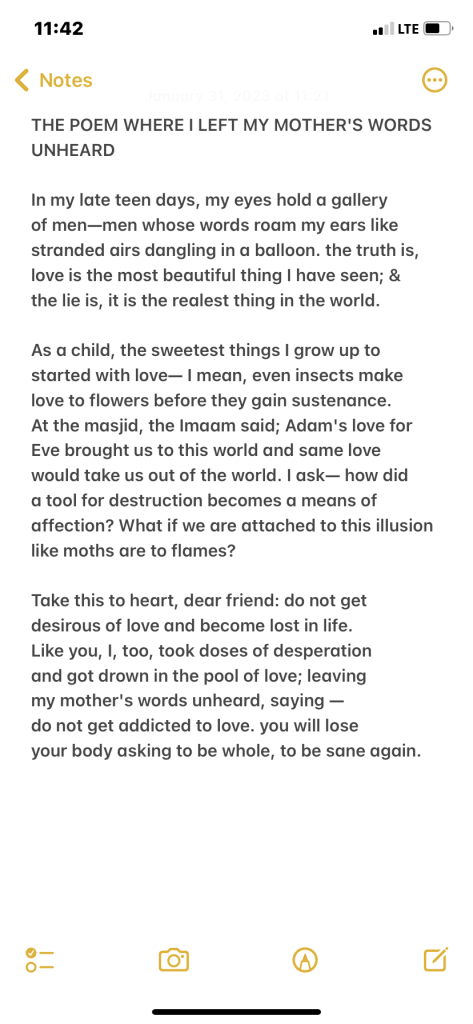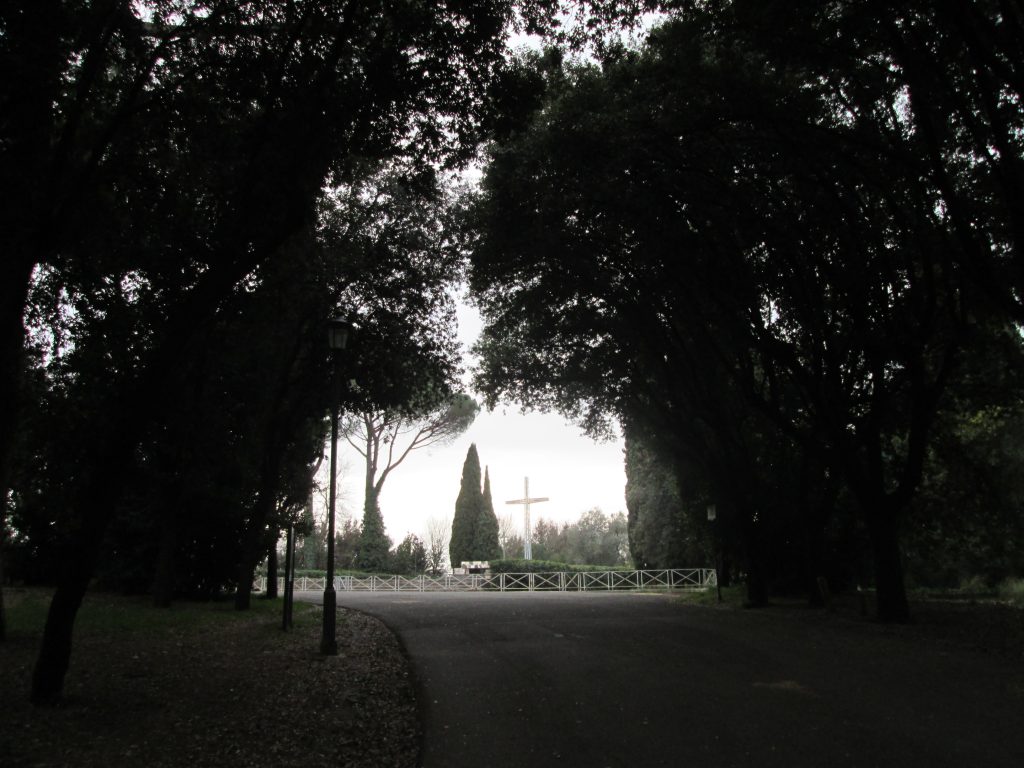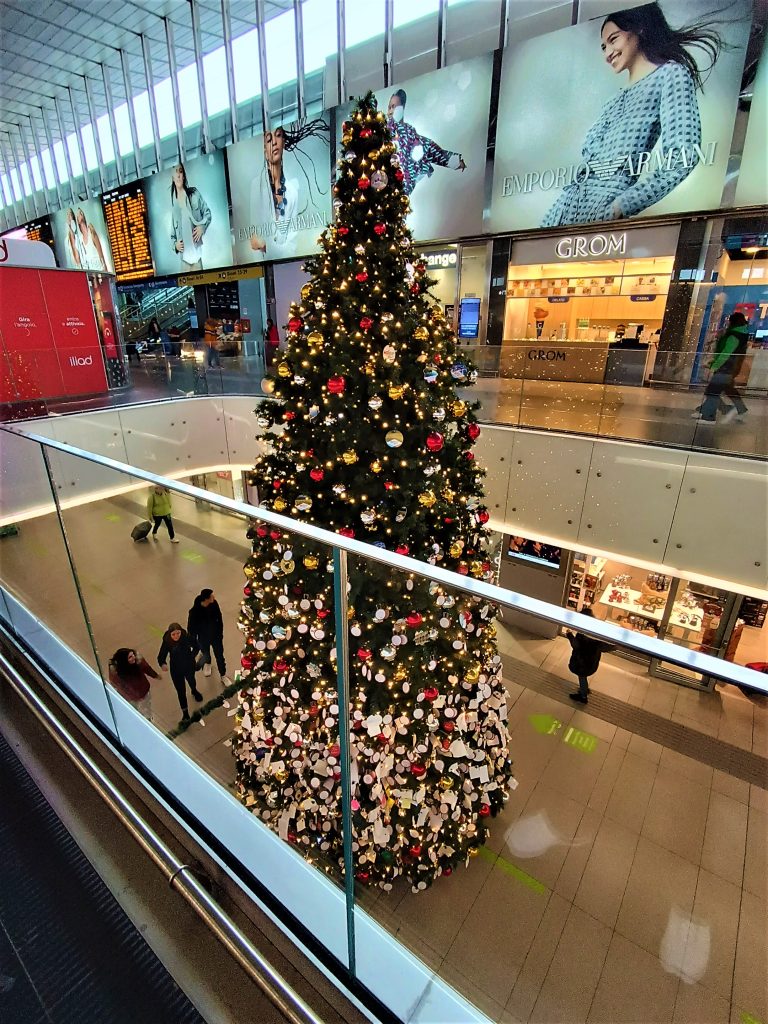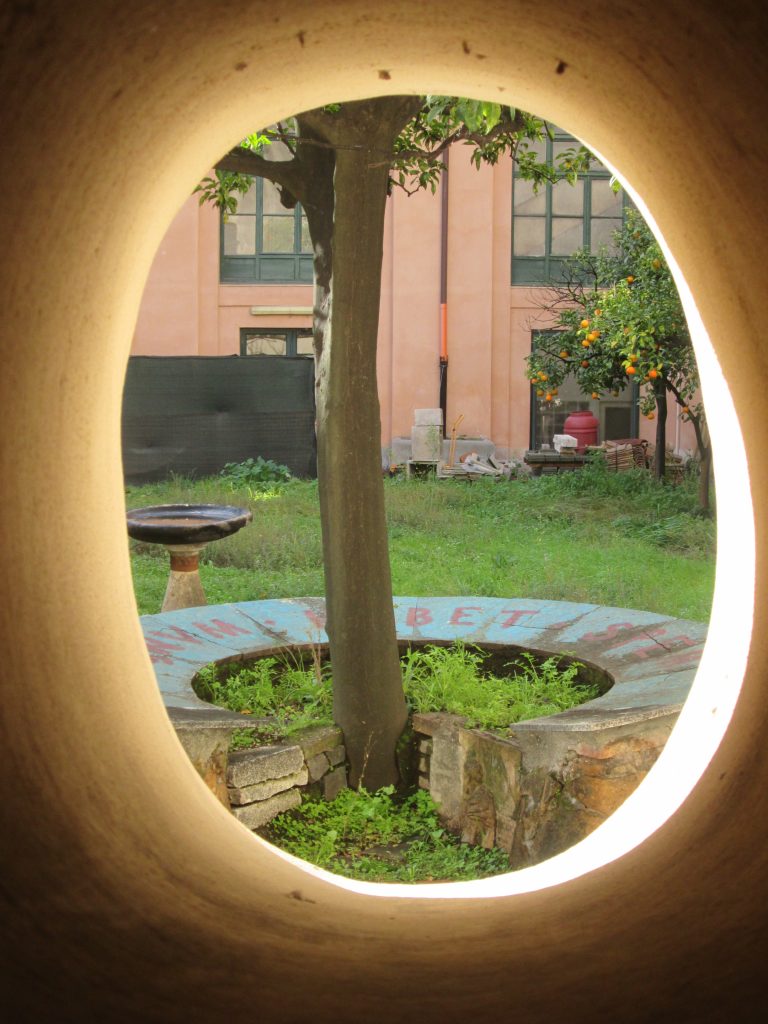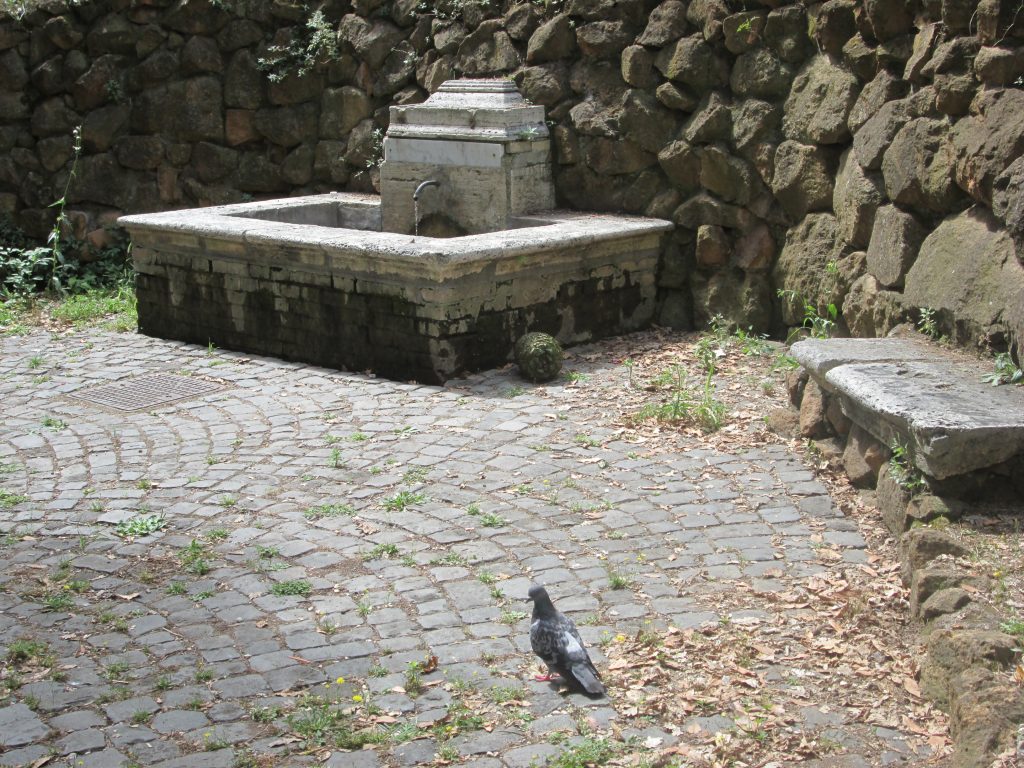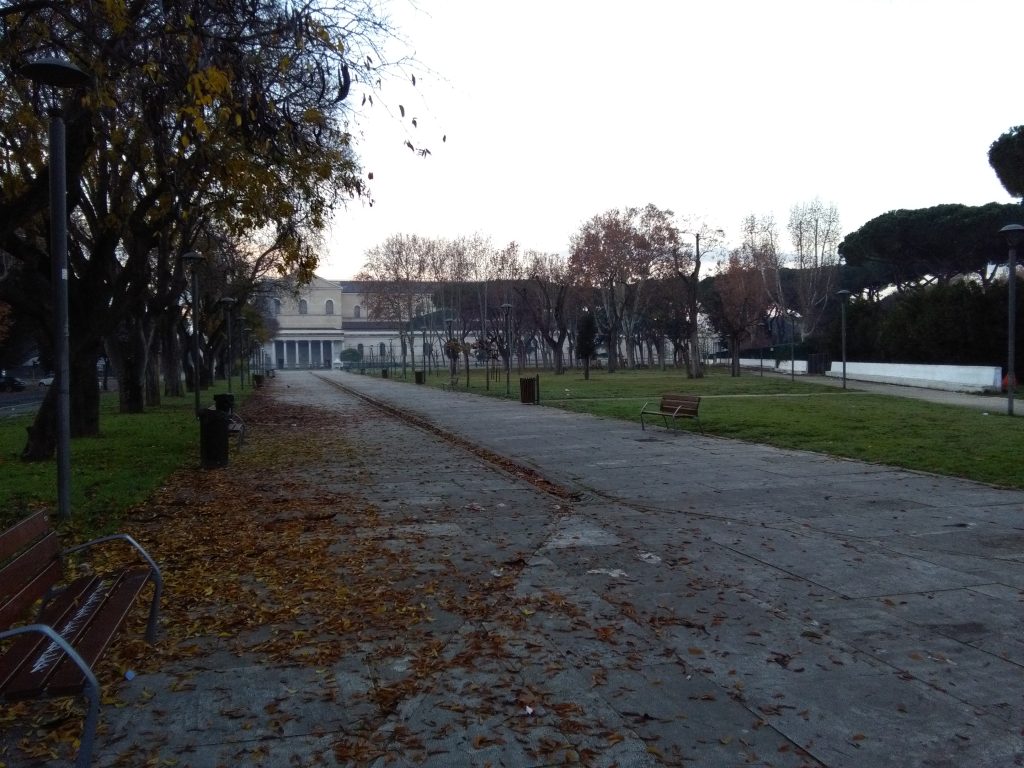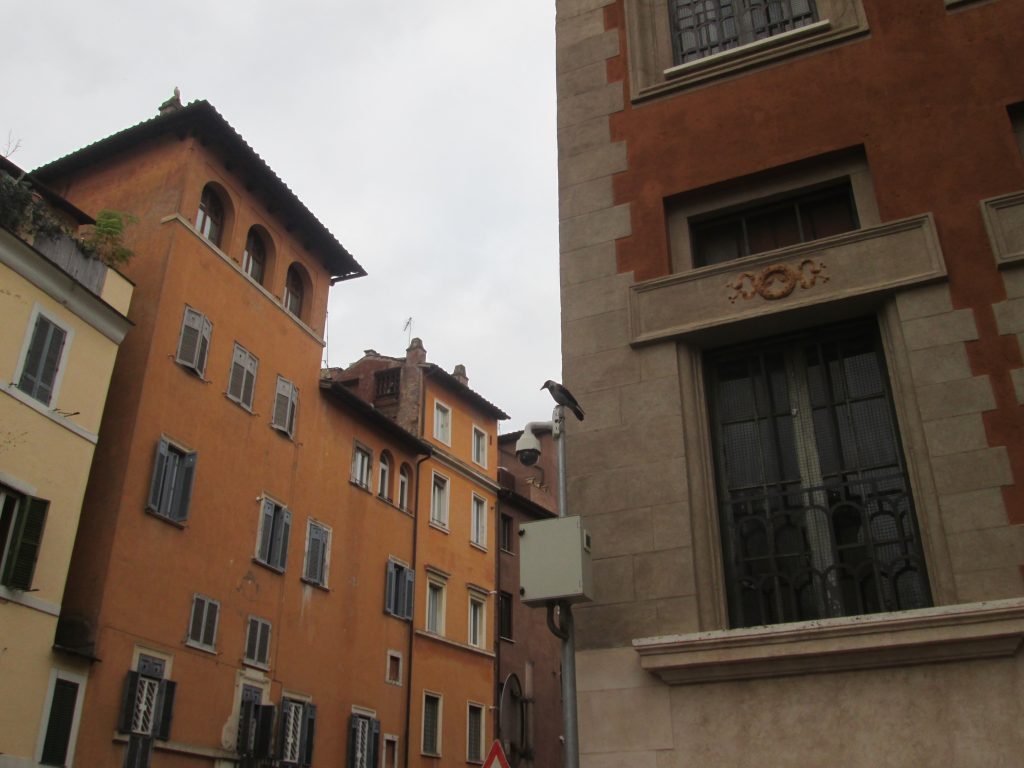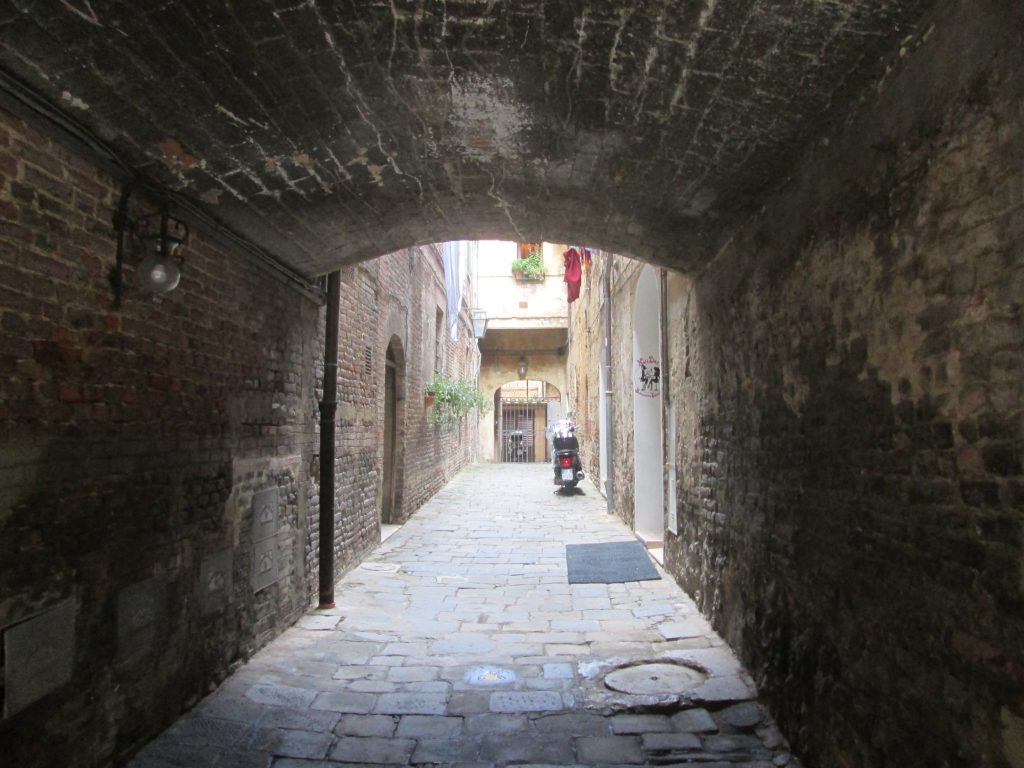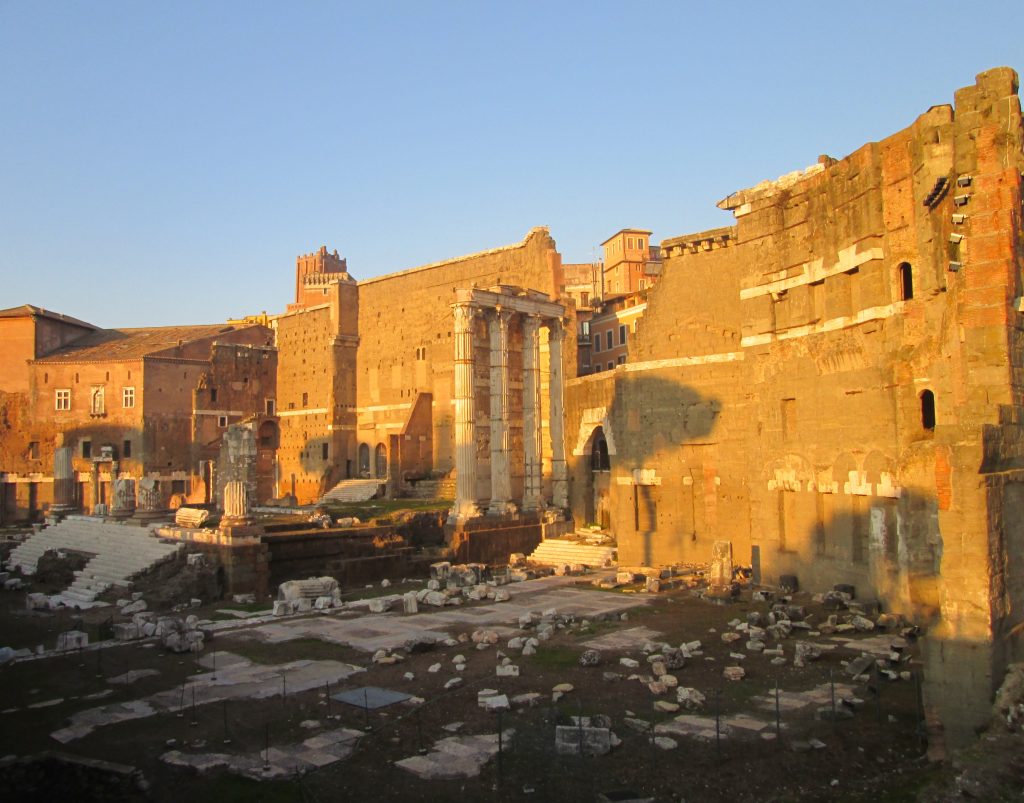Meet the Beatles
By the time I received my first copy of Meet the Beatles at the age of seven, I had already, of course, met the Beatles—mostly through the radio in the back of my mother’s Plymouth Duster or else coming through the windows of my room, coursing up from East Second Street, those former greasers working on their cars in driveways on the block. In the early 70s the Fab Four remain ubiquitous, and I knew the late 60s hits: “Yellow Submarine,” “Penny Lane,” “All You Need is Love,” “Here Comes the Sun,” “Hey Jude,” “Come Together” . . . you know the list. I’m sure one of them is playing in your head right now.
My favorites were the early songs, the more innocent pop songs: “Love Me Do,” “She Loves You,” “Help!,” “Saw Her Standing There,” “I Wanna Hold Your Hand.” That last song I would sing to Loretta across the street. She would have been my first girlfriend, no doubt, if we hadn’t moved in the spring of ‘75 to Staten Island, a place which seemed so far away as to be Liverpool.
~
Meet the Beatles was released in the United States by Columbia Records in January 1964, four and a half years before the world met Gerry LaFemina, and only ten days after Introducing the Beatles had been released on the Vee-Jay label. By this point, Britain and Germany were well acquainted with the Beatles and producer George Martin’s tone that seemed to smooth all the roughness out of American rock n roll. These weren’t greasers, even when they sang “Roll Over Beethoven”: sure they wanted to push aside Brahms, Bach, and Ludwig Van B, but they weren’t hoodlums. These were cute, mop-top teens in suits that you could bring home to mom and dad for Sunday dinner. You could see them on the cover: four head shots John, George, and Paul at the top, and then Ringo below them (the left side of each face fading into black), tinted blue (to distinguish it from the British With the Beatles), in what is now an iconic photograph.
It took a few weeks, but Americans fell in love with the Beatles. The record opened at #92 on the charts in early February. It took the one spot two weeks later. It remained there for 11 weeks until it was replaced there by The Beatles Second Album (on Columbia, obviously, because it was actually their third in the United States).
~
We had one stereo: an old turntable in a credenza with a spindle that you’d load with one or two or three records. When a side of one record was done, the next one would drop on top of it. It wasn’t good for the vinyl, but great to play album after album. I played the record a lot. I wanted to be the Beatles. Why wouldn’t any young boy want to be the Beatles in 1974? Think about it: the band hadn’t existed in years, but still their music remained everywhere–on the radio, as muzak, in stores. I didn’t play guitar or bass or drums, but I could sing. I’d performed in kindergarten and first grade recitals.
My mother still loves the sound of young boys singing. The voices of castrati. Innocent. Unjaded. Joyous. Like little angels, she says. As a boy, I would sing along with Beatles, dancing around the living room, bouncing in the seat of the car. Sometimes I’d play air-guitar. Sometimes I’d pantomime a microphone in my hand. “Love, love me do. You know I love you. I’ll always be true….” Innocent. My mother wanted to keep me innocent for as long as she could, even if the world were changing. My older sister by 1975 was listening to Peter Frampton, a poster his shirtless torso on her bedroom wall. My older brother was listening to Elton John, whose flamboyance and jubilation suggested so much under the surface.
And little did any of us know about the Manhattan underground music scene that was bubbling up: the New York Dolls and the Max’s Kansas City scene. We’d just moved to the outermost of the boroughs, there was a stand of trees beside the house we’d moved in. The family across the street had a pool! I was a dozen years behind the times.
~
I wanted to be a Beatle so much that when the Women’s Center in Brooklyn, of which my mother remained a member, held a Gong Show style event (does anyone still talk about the Gong Show, that ridiculous talent show that brought us Gene Gene the Dancing Machine and the Unknown Comic with the brown paper bag over his head), I performed “I Wanna Hold Your Hand.” Live. In front of an audience. Lip-synched.
Yes. Lip-synched.
What did this performance look like? That’s what I’d like to know. This was before the time of camcorders never mind cellphone videos, and we were not the sort of family to have a super-8 camera. I’m sure, somewhere, in the library’s worth of photo albums my mother keeps, there are pictures of that night, but for now, I’ll leave it all in the realm of the imagined-remembered. I was seven. Almost everything at seven, in retrospect, is cringeworthy, and this event is no different. People sat at tables, eating sandwiches or dessert and drinking coffee and tea, judges sat beside the performance area, there was no stage.
And in that performance area, I lip-synched the first US number one hit by the Beatles. When they performed it on their second performance on the Ed Sullivan Show (February 23, 1964), they wore black suits the jackets of which buttoned high revealing only the bright white collars of their shirts, the black ties knotted cleanly. They wore Beatle boots. Southpaw Paul is playing the Hoffner violin bass he made famous, and although he was the cute, cherubic Beatle I aspired to be, I am right-handed and so ought to have been playing a Rickenbacker 325 like John.
Except, I didn’t have a Rickenbacker or any other guitar. That’s right I was air-guitaring, too. With no suit or Beatle boots or mop top. I flopped, and somewhere after the first chorus, mercifully, one of the judges gonged me off the stage, and as a consolation prize they gave me a little statuette of a sad-looking, donkey with writing at the base which said, “I get a kick out of you.”
It’s hard to think about it now, when I regularly strap a Gibson Les Paul over my shoulder and I lead The Downstrokes through a 75 minutes of original rock and roll, that I once got gonged off a stage in a community center in Brooklyn. Perhaps all my life as a punk musician since the age of 15 is to make up for it.
~
My sister started to go to concerts around 1976. In 1977 Beatlemania, a tribute performance of the Beatles began playing at the Wintergarden Theater in New York. I remember the commercials on TV. This band looked like the Beatles! This band sounded like the Beatles! And I was nine years old. How did I know they weren’t the Beatles? How I begged my mother to take me although there was no budget in her two-and-three job lifestyle for a Broadway show.
It was my Aunt Irene who got tickets and took me to see the show for my tenth birthday. Five years younger than my mother, Irene had been 17 when Meet the Beatles broke, and I can picture her in her thick glasses as one of the screaming hordes of teenagers you see in the footage of those Ed Sullivan performance or the Shea Stadium shows. Irene, of course, had never seen the Beatles, and so for her Beatlemania was a chance in her early thirties to make up for that failure.
I wish I could say I remember that day more than I do, but after 44 years and numerous concerts, that event is a blur. The show–like a best of record–was split into two sets: the first half the early Beatles, and the players emulated the look and sound of the Fab Four: they wore the Beatles suits, the Beatles boots, you get it. They had the look I’d lacked that Brooklyn evening. And the talent. After a brief intermission they came onstage in the Sergeant Pepper uniforms, the iconic, bright marching band outfits that defined the latter era of the band, particularly in 1978, when the movie of the same name came out featuring the Bee Gees and Peter Frampton in the Beatles roles. My sister went to see it. I never did and still haven’t. I went to Beatlemania instead.
~
I put the record on, taking it from its Mylar protective sheath, careful how to hold it: ball of my hand against the record edge, fingers under the label. This record has seen both a lot of play and a lot of misuse, after all it had records dropped on it and old needles used in its grooves. Because I want to hear the record fresh, I begin with side two and well before the first song plays there’s a hiss of snaky white noise and the turntable arm rises a bit with each revolution. I remember how I used to tape a penny or a nickel above the stylus to deal with warps and pops, but now I let it play, skips and all.
I forget that “Don’t Bother Me” is a George Harrison song. I didn’t notice as a child the change of the lead vocal, in part because the song has all the harmonies the band is famous for, a synchronized arrangement of voices that help blur them together. I forget how it starts with so much space: guitar chords ringing out, the bass works a steady whole note rhythm, a woodblock/clave-like backbeat adds to it. It’s a breakup song: she’s not coming back, “so go away,and leave me alone, don’t bother me.” At that age I didn’t have any experience with getting my heart broken—that would come later and often—but my father had left the family years before, I had been sexually assaulted, and that secret left me feeling angry, confused, and anxious. As George sang in the bridge, “I know I’ll never be the same.”
Four decades later, it was almost my ring tone because I got tired of how phone calls can now interrupt wherever and whenever I am.
~
No matter how much part of me related to “Don’t Bother Me” my favorite song on side two was always the second song, “Little Child,” which is a touch more assertive musically and has a train-whistle like harmonica lick up front. Maybe it was because I myself was a little child, or maybe it just captured the essence of all those seventies, school yard crushes.
Imagine coming of age in that decade smack dab between the Summer of Love and the AIDS epidemic. Sexuality was everywhere while television shows like Happy Days emphasized wholesome values and featured a late fifties rock n roll soundtrack that sounded like this record. We played Run, Catch, and Kiss in the asphalt parking lot during recess. We asked people to be our boyfriends and girlfriends even if didn’t know what that would entail, although we had a sense of the way the world would open up. “We’ll have some fun, when you’re mine, all mine.” The fun could be anything. We were ten. Our parents were never home. We did what we wanted.
~
At Mike and Rick’s house, we made tapes of interviews with the Beatles. They lived a few blocks away and they had an extensive collection of Beatles records. They also had a cassette recorder with a microphone. We would hit record and one of us would ask a question, then we’d pause the cassette, and cue up a record at the spot where the lyric we needed for an answer was. Then we’d unpause the cassette play the record and then do it all again. Like this:
Q: So, where did you grow up?
A: “Penny Lane”
Q: And where do you live now?
A: We all live on a yellow submarine, a yellow submarine, a yellow submarine.
Q: I know you’re married. When did you know she was the one?
A: Well she looked at me, and I could see, that before too long, I’d fall in love with her. She wouldn’t dance with another. When I saw her standing there.
It was cheap fun. And it challenged us to know as many lyrics as we could. We’d come up with tougher questions, funnier answers. By then my brother had the two Columbia “Best of” records: the Red double album that featured songs from 1962-66, and the Blue one that featured the hits from 1967-70. I’d become a student of the Beatles, the early years and later years.
~
A few months ago I watched the guitarist/singer and the bass player of pop punk band The Beatnik Termites get into a small argument on stage before playing the “creepy Beatles” song. I tried to imagine in my head what that could be. “Helter Skelter” maybe with its connection to the Manson murders? I couldn’t see the set list from where I stood, but I encouraged them to play it. How surprising to hear “Saw Her Standing There”—the second song on Meet the Beatles.
Up until that point I’d never thought of that song as creepy, but hearing guys in their forties sing “she was just seventeen…” made it clear. Sung by them it was creepy. What forty year old guy is checking out the teenagers? It made me hope they weren’t touring in a white van. I was convinced this would change how I listened to the song forever, but hearing it again on my record player, today, the young voices of the Beatles singing it, it sounds timeless, a lyric testament to youthful yearning. More, I remembered when I was just seventeen.
Traditionally, pop music is a young person’s kingdom. It’s sung by young people, and it’s sung for young people. The lyrics celebrate love and desire and freedom and partying and dancing. This song is no exception. When “Saw Her Standing There” was released (on a single) in 1963, Paul was 21, John and Ringo 23, and George 20. They were a year younger when Paul began writing it in October of 1962. The Beatles stopped playing live in 1966. “Saw Her Standing There” doesn’t appear on the set lists. Fortunately, “She’s a Woman” does suggesting the Fab Four understood in their mid-twenties, they knew not to sing about teenagers any more.
The only song from Meet the Beatles that they played on that 1966 tour was “I Wanna Be Your Man,” which Ringo sang, an up-tempo rocker with an infectious groove and a bunch of screams and “oohhhs” during the guitar solo. It’s a song nobody could find creepy.
~
Q: Who are you, anyway?
A: “I am the egg man. They are the egg men. I am the egg man. I am the walrus. Goo goo g’joob”
Q: Where do you live?
A: “Back in the USS, Back in the USS, Back in the USSR.”
Q: What advice do you have to give us?
A: “Get back. Get back. Get back to where you once belonged.”
Q: What do you want to say to the girl you love?
A: “Close your eyes and I’ll kiss you. Tomorrow I’ll miss you. Remember I’ll always be true.”
~
What’s amazing listening to these early songs now, is how I can see how they spoke to me in a different way than perhaps the lyrics intended, perhaps because like many young people I didn’t pay attention to all the words but just the repeated, infectious choruses. “It Won’t Be Long” now is another track about young love, about the bravado of desire. But for me all that longing and impatience, all that hope, was about growing up. “It won’t be long yeah (yeah), yeah (yeah), yeah (yeah).” That backing vocal like the voice of all my classmates wanting to leave childhood behind.
~
Some two weeks before Christmas in seventh grade, I woke up to the news John Lennon had been shot to death. His first solo album in years—Double Fantasy—had been released the month before and “(Just Like) Starting Over” had been playing on the radio regularly. Casey Kasem played it each week monitoring the song’s ascension as it climbed the chart. It peaked at number one after John’s murder. I remember feeling this terrible sense of loss, and my mother gave me the record for Christmas that year.
Truth be told, I didn’t like the songs. The first single seemed schmaltzy and had none of the palpable rocking energy I so loved about my favorite Beatles songs. Even John’s most famous song, 1971’s “Imagine,” is a song I like much more for its lyrical sentiment than I do for its music. By 1980 the individual Beatles, those four amazing musicians that meant so much to me and millions of others, bored me. Ringo had transitioned to acting and in 1980 was filming Caveman. If you don’t remember it, that’s not your fault. I saw the movie in the cinema and don’t remember it either. George’s most recent release had been in 1979, and featured a song that did well in the Adult Contemporary chart and the sequel to his penned “Here Comes the Sun” the aptly titled, “Here Comes the Moon”: neither of which I knew about at 12 years old.
Meanwhile Paul had shed his wings and released McCartney II, the lead single from which was “Coming Up,” with its faux-funky guitars, semi-synthesized horns, and its over produced vocals. It had a catchy chorus, though when I sang along with it, my voice cracked: it was changing much to my mother’s chagrin. Re-watching the video today, I noticed how Paul does a cameo as young Paul in his grey high-breasted Beatles suit and Hoffner bass. That’s the closest to the manic rocking energy of the early Beatles that the song manages.
~
What’s amazing, when I think about it, is how Meet the Beatles remained my favorite Beatles record. Perhaps it’s the guy who loves nostalgia in me. It was, after all, my first record, the LP that began this life long love affair with records. But I can’t deny the music. Its stripped down, bare bones nature is that thing the Ramones tried to emulate in their way, that sensibility that was part of the punk ethos for so many bands. Add to that the harmonies and the youthful exuberance of it, and it feels, still today, full of vibrant energy.
~
I was in my twenties when I first heard the Rolling Stones’s version of “I Wanna Be Your Man” on the Singles Collection–the London Years album. I didn’t remember The Beatles song then, but saw that it was a Lennon-McCartney song, so I started to dig through the record collection. The differences were stark. The Stones’ version is harsher, the treble turned up on the lead guitar sounds hungrier, the lead lick almost thrusts out of the mix; Brian Jones’ solo is fuzzy and fierce. Add to that the slide guitar played under the verses gives the song an off-kilter sensibility that suggests the need to be “your man.” But the guitar styling isn’t the only difference: Jagger’s young voice is more pleading yet seductive and the trademark early Beatles harmonies are gone, emphasizing a solitary desire. At the end, when he’s repeating “I wanna be your lover baby” as the song fades, it hits at a visceral level. This isn’t a school boy crush. At that moment, I liked it so much more.
Gerry LaFemina is the author of over twenty books, most recently The Pursuit: A Meditation on Happiness (creative nonfiction) and Baby Steps for Doomsday Prepping (prose poems). A new collection of poems, After the War for Independence, will come out next year on Stephen F Austin University Press. His previous books include a novel, a collection of short stories, and numerous collections of poetry, including The Parakeets of Brooklyn, Vanishing Horizon, Little Heretic, and The Story of Ash. A noted literary arts activist who has served on the Board of Directors of the AWP and edited numerous literary journals and anthologies, LaFemina is the former director of the Center for Literary Arts at Frostburg State University, where he is a Professor of English, serves as a Mentor in the MFA Program at Carlow University and is a current Fulbright Specialist in Writing, Literature, and American Culture. In his “off” time he is the principal song writer and front man for Coffin Curse recording artists, The Downstrokes.

